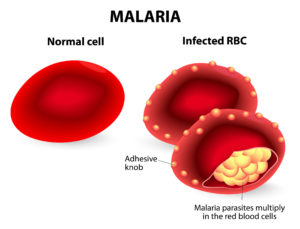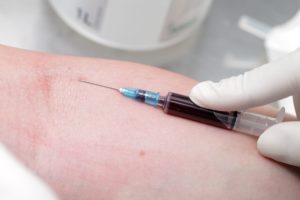According to the Ministry of Health Singapore, there were 47 cases of malaria in the year 2015 with 1 fatality. While this is a seemingly small number it is still alarming!
The reflected numbers are medically diagnosed and reported cases. They do not account for many undetected cases that are comparatively mild and hence mistaken for the symptoms of the influenza virus.
Eradication of malaria remains a critical global challenge as the mosquito remains in the environment around us particularly as a night biter in humid environments.
Let us explore some must know facts about this disease.
- How is Malaria caused?
Malaria is caused by Plasmodium. Plasmodium is a parasite that can be found on the salivary glands of the female Anopheles Mosquito. Out of its more than 200 species, five have been found to infect humans.
When Plasmodium enters the blood stream of a human through the bite of the Anopheles Mosquito, the parasite reproduces and causes malaria.
- What are the medical challenges in detecting Malaria?
Once infected, the virus can remain dormant for durations of between a week to a fortnight. Symptoms are often flu-like such as fevers with chills, headaches, sweats and exhaustion. Such symptoms may be undiagnosed, misdiagnosed and even treated with over-the-counter medication
- When does Malaria become critical?
When Plasmodium enters the body through the bite of a mosquito, it manifests itself within the bloodstream in red blood cells. When the proteins from the Plasmodium parasite replicate, they result in the rupture of red blood cells and bleeding. If left unattended at this stage, malaria can cause cerebral and respiratory collapses due to a lack of oxygen.
Cerebral Malaria is caused by swelling of the blood vessels of the brain resulting in permanent mental and physical impairment. More critically, when fluid enters the lungs, it affects respiration and could prove lethal if immediate action is not taken.
- How Is Malaria diagnosed?
As we now know, untreated Malaria can be life threatening or leave patients permanently disabled. Hence, early detection and treatment is essential for a complete recovery.
Rapid Diagnostic Testing (RDT) is a widely used method in the detection of Malaria. It is a process that uses the patient’s blood to detect anti-bodies. RDT involves using a lysing agent that breaks down the cell membrane and ruptures the red blood cells allowing the proteins from the parasite to have a clearer presence under microscopic examination and accurate diagnosis of the extent of the condition. .
- How is malaria treated?
The treatment of malaria focuses upon identifying the type of virus present in the body and subsequently combating its presence in the body. The major challenge is a situation when the parasite develops resistance the drug that may make treatment ineffective. Should this be the case, a combination of medications may be used.
Early diagnosis and treatment of malaria promise almost complete cure. However, if the disease has affected a vital organ function in its course of infection, there may be the risk of long term impacts upon the vital organs. Pre-existing chronic conditions may also be aggravated by malaria.
Having answered the critical questions on malaria, we now need to find out how the deadly disease can be prevented.
Look out for our upcoming articles that will tell you how you can protect yourself and your loved ones and even the unborn foetus.
Statistics of Malaria in Singapore https://www.moh.gov.sg/content/dam/moh_web/Publications/Reports/2015/Vector%20Borne-Zoonotic%20Diseases.pdf, Extracted on 25 April 2017














